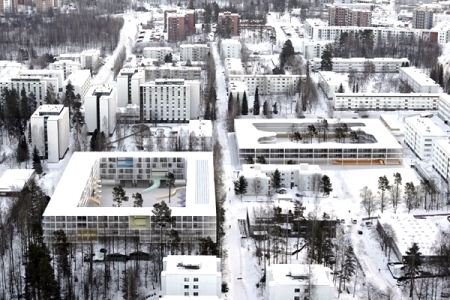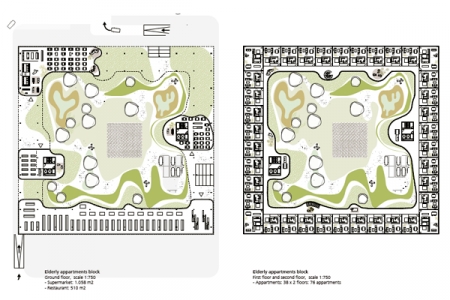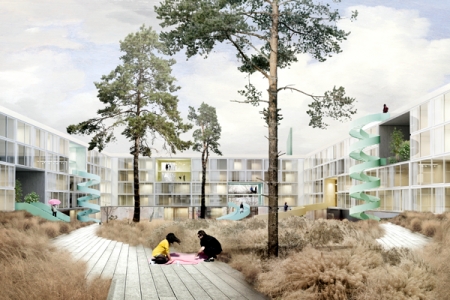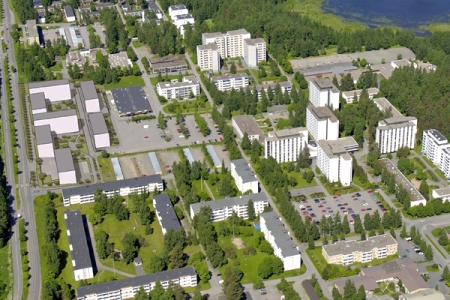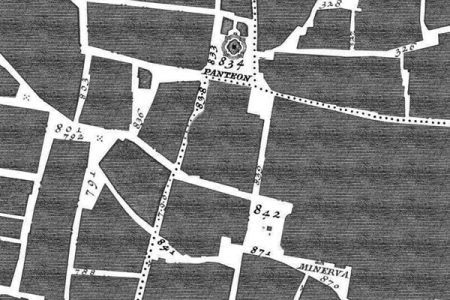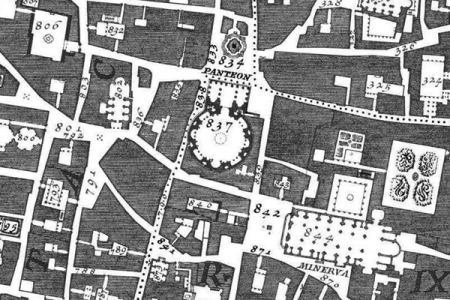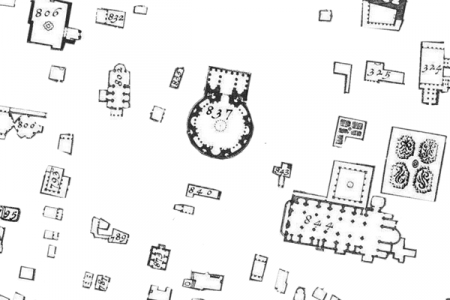The Nolli Gardens
Jyväskylä (FI) – Lauréat
DONNÉES DE L’ÉQUIPE
Représentant d’équipe : Jarrik Ouburg (NL) – architecte ; Associés : Maciej Abramczyk (PL), Freyke Hartemink (NL) – architectes
FreyH Studio, Dr. Jan van Breemenstraat 1, 1056 AB Amsterdam– Nederland
+31 61 899 4859 - freyke@freyh.nl – freyh.nl
Voir la liste complète des portraits ici
Voir la page du site ici

F. Hartemink, J. Ouburg & M. Abramczyk
INTERVIEW en anglais
Cliquer sur les images pour les agrandir
1. How did you form the team for the competition?
Freyke Hartemink, Jarrik Ouburg and Maciej Ambramczyk have been working together as a team of independent architects on several occasions before. The Europan competition was a perfect occasion to work together once again and join the different forces of our individual capacities.
2. How do you define the main issue of your project, and how did you answer on this session main topic: Adaptability through Self-Organization, Sharing and/or Project (Process)?
The main issue of the project is to perceive architecture and urban planning not as a collection of autonomous objects, but as a catalyst for human interaction. The project does so by being very precise in terms of number of apartments, parking places, sqm, etc., but leaves several communal spots and open conditions for the users to develop the character of their community themselves. We believe that architecture is not merely design, but emerges out of a mutual appropriation of space.
3. How did this issue and the questions raised by the site mutation meet?
The site of Kortepohja in Jyväskylä is known for its very modernistic urban plan whereby the buildings are scattered over the landscape. The buildings determine the character of the public space. In our proposal we inverted this scheme and let the public space determine the buildings. The public space, where the character and content of a neighbourhood is created, forms the basis of our plan.
4. Have you treated this issue previously? What were the reference projects that inspired yours?
In all our projects we try to downgrade the autonomous impact of the building and upgrade the impact of the urban space, and to break the barriers between inside and outside. An important reference for us was the Giambattista Nolli’s map of Rome in 1784. Normally maps showed the built and the unbuilt space, the private and the public. But Nolli presented the enclosed public spaces, such as the interior of the Pantheon or the interior of a church as open civic spaces. For a community, exactly these open and shared spaces offer inhabitants a mutable appropriation.
5. Today –at the era of economic crisis and sustainability– the urban-architectural project should reconsider its production method in time; how did you integrate this issue in your project?
In times of economic crises and the awareness of the big claim the building industry takes in the use of natural resources and consumption of energy, one has to come to solutions whereby the maximum result is gained with the minimum of needs. Architecture strives for optimisation and integration. “Sustainability in architecture” also means to us architecture for the long-term, clever adaptable constructions and oversizing in space and construction.
6. Is it the first time you have been awarded a prize at Europan? How could this help you in your professional career?
Jarrik Ouburg was already awarded a special mention and a second prize in previous Europan competitions. Winning the Europan this time shows that with every assignment and competition one can learn as long as one is willing to learn from former lessons.
